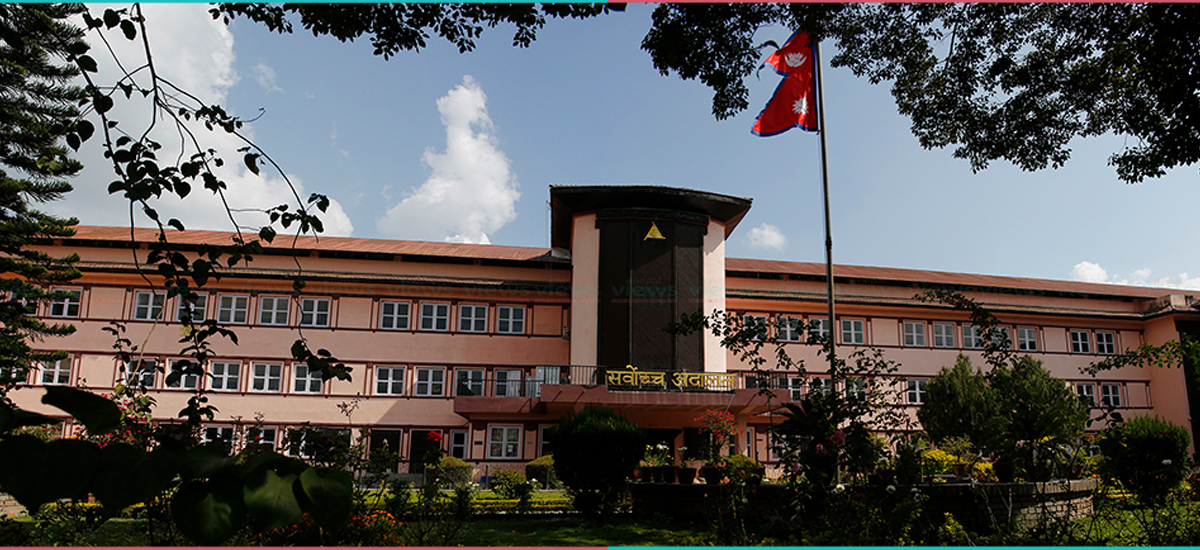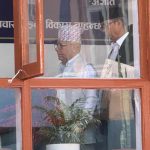Error in Supreme Court’s Document in Rabi’s Case: What’s difference between ‘Verdict’ and ‘Order’?
A joint bench of Justices Nahakul Subedi and Bal Krishna Dhakal ordered that Rabi be sent to jail. However, in the Supreme Court document, the term ‘order’ (आदेश) was mistakenly written as ‘verdict’ (फैसला).
Trending
-
1
‘Hatya’: Crime and psychological thriller (Photo Feature)
-
2
Rejuvenating Pumdikot (Photo Feature)
-
3
Lions Clubs distribute educational materials and uniforms to students in Sindhupalchok (Photo Feature)
-
4
‘Sickroom’-Undeclared love story between childhood friends (Photo Feature)
-
5
KMC’s muddy roads (Photos)
-
6
MP Dhakal greets Pope Leo XIV
-
7
Anju Shrestha releases new ghazal “Yo Maya Ni Kasto”
News Update
-
323 Years of Nyatapola: Bhaktapur’s Historic Temple Celebration (Photos)
-
Still Awaiting Reconstruction: Structures washed away by flood in Panauti (Photos)
-
57 Nepali, turned hostages in India, return home
-
Kathmandu-Hetauda road in disarray amid ongoing construction (Photos)
-
Special Court demands Rs. 3.5 million as bail amount from former PM Madhav Kumar Nepal
-
Joint demonstration of disaster management equipment at Bagdurbar (Photos)
-
Aerial shots of Bhaktapur Durbar Square (Photos)











